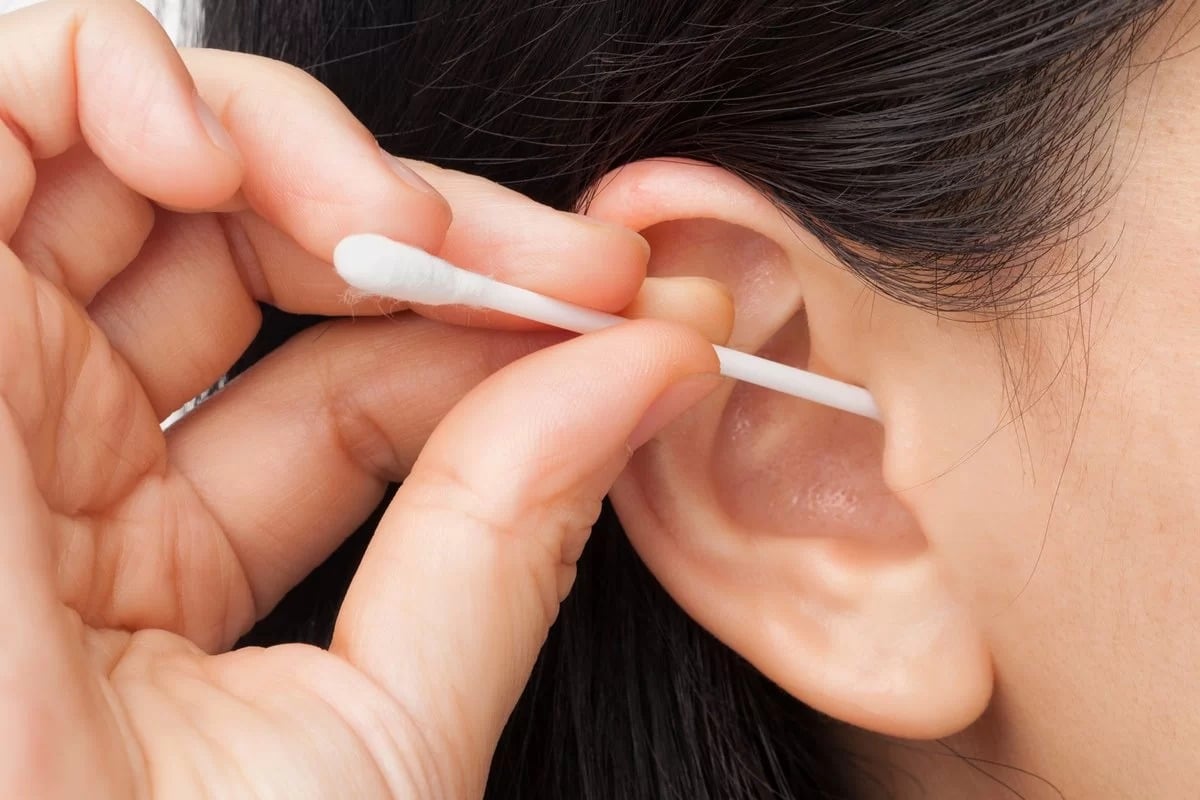
Image: reproduction.
Many of us have heard the warning not to put anything smaller than your elbow in your ear, and the scary story of someone rupturing an eardrum with a cotton swab is a common one. Although eardrum perforation injuries are considered “fairly uncommon,” they can be serious, warns Seth Schwartz, MD, an ear, nose and throat physician at Virginia Mason Franciscan Health Center in Seattle. When they do occur, cotton swabs are often involved.
That's why it's important to stop using cotton swabs in your ears and how else you can clean them safely and effectively.
First, it's important to understand that earwax is not an enemy to be fought, explains Alexandra Quimby, an ear, nose, and throat specialist at Upstate University Hospital in New York. This substance, composed of oily skin secretions, sweat and dead skin cells, protects the sensitive inner ear by trapping irritating particles such as dirt, dust, bacteria and fungi, as well as regulating moisture.
Earwax also helps remove dead skin cells from the inner ear. During activities such as bathing or chewing, earwax transports these cells to the outer ear, where they are eventually eliminated.
If you try to remove earwax with a cotton swab, you risk irritating the sensitive skin of the inner ear, says Dr. Hye-ok Anna Kim, a physician who specializes in inner ear disorders at Columbia University Irving Medical Center in New York City. . The fibers in cotton swabs, although they appear soft, are actually abrasive and can encourage the production of more earwax, increasing the risk of blockage of the ear canal.
Cotton swabs can also push earwax deeper into the ear canal, creating a buildup that can cause itching, pain, a feeling of fullness, or even hearing loss.
An estimated 5% of adults in the United States experience earwax buildup or impaction each year, and it is more common in older adults or people who wear hearing aids. People with skin conditions such as eczema or psoriasis, as well as those with small or differently shaped ear canals, may also be at greater risk of blockage.
If you suspect an obstruction, it is important to see a doctor who can remove it safely.
There are other safe ways to clean your ears:
- Use a wet towel to clean the outer ear without inserting anything into the ear canal.
- Try over-the-counter ear drops to soften the wax and make it easier to remove.
- Avoid using household or store-bought tools to remove wax, as they can be dangerous.
- If you choose to use cotton swabs, use them responsibly and do not insert them into the ear canal. If you experience pain, itching, or a blocked feeling in your ears, consult a doctor for appropriate evaluation and treatment.
With information from Folha de San Paulo.

“Proud explorer. Freelance social media expert. Problem solver. Gamer.”






